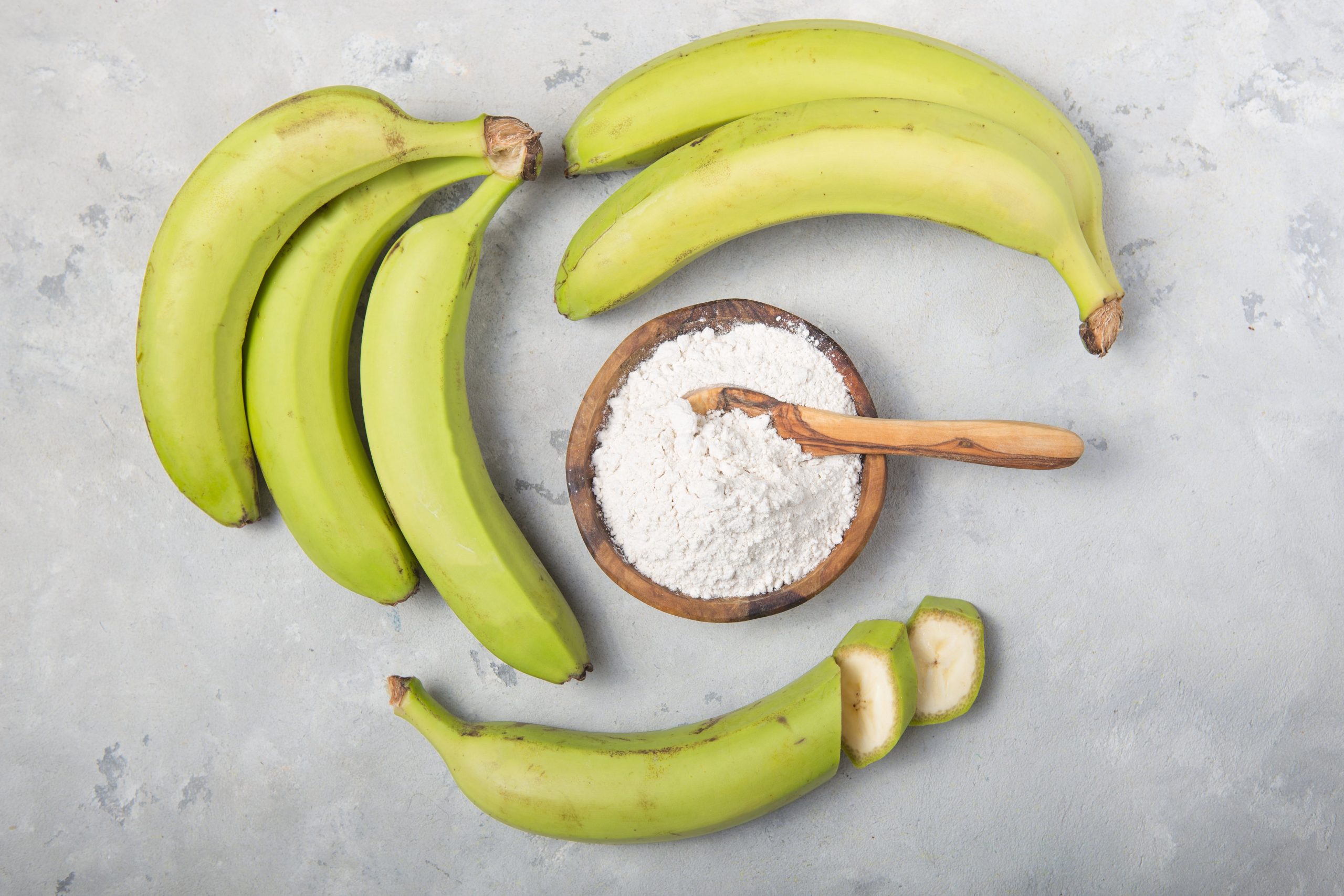The body needs various nutrients to be healthy. The foods we consume determine our healthy lifestyle. Carbohydrates are basic food needed by the body for energy provision purposes and more benefits. Most of the carbohydrates you consume contain starch. Daily consumption of foods rich in carbohydrates increases your starch levels in the body.
What Is Resistant Starch?
Starches are glucose compounds found in carbohydrates that aid in food digestion. Starches can be found in grains, potatoes among other energy-giving foods. There are types of starch nutrients in the body. Starch can be digested or undigested. Digested starch is stored in long chains of glucose to provide the body with energy later when the body falls short of carbohydrates. A small amount of starch passes through the digestive tract without being digested. This starch is said to be resistant to digestion. This kind of starch is known as resistant starch.
Resistant starch is usually found in small amounts but has various health benefits to your body. It can help increase insulin sensitivity, reduce blood sugar levels, reduce appetite levels, and benefit the digestive tract. It acts like soluble fiber hence enhancing digestion and lowering constipation.
Resistant starch is a popular topic among health and nutrition officers. They explain the importance of this resistant starch and why it’s ideal for people trying to lose weight. We have all the information you need to help you include resistant starch foods in your diet.
Types of Resistant Starch
Resistant starches are beneficial to the body. They are four types of resistant starches. These starches differ in components depending on the source or kind of carbohydrate. Some foods produce more resistant starch than others. It’s important to understand the types before introducing these starches to your diet. They include;
Type 1
The type of resistant starches is found in grains, seeds, and legumes. These are natural foods that add to your carbohydrates intake. However, they have fibrous cell walls that make them resist digestion. They form the largest source of resistant starches. Suppose you wish to increase your resistant starches capacity in the body. In that case, these foods are the best and most effective sources.
Type 2
Type 2 is a common starch found in starchy foods. Potatoes and green bananas provide the most type 2 resistant starches. These nutrients come from the consumption of raw unripe bananas and potatoes.
Type 3
This type of resistant starches comes from consuming cooked and cooled carbohydrates. Type 3 resistant starches are formed when you cook and cool some foods like potatoes and rice. As you wait for the food to cool, the digestible starches turn into digestible starches. This process is known as retrogradation. It’s advised to take your food when warm to avoid increasing your resistant starches capacity at all times.
Type 4
For those who like artificial foods, you can get type 4 resistant starches from some foods that are man-made. They are formed through a chemical process and are consumed as nutrient supplements. However, these starches can be harmful to your digestive tract as they contain chemicals.
Some foods have several types of resistant starches. This depends on how the food is prepared as the starches changes with cooking. How you prepare your food determines the effect of the starch in your food.
How Resistant Starch Foods Work?
Resistant starch has several benefits to the body. Resistant starches function similar to soluble fiber in the digestive tract. The main reason why these starches work is that they work similarly to fermentable fiber.
The starch in the body pas through the stomach and small intestine, where they are not digested. The undigested starch reaches the colon part, where it meets with the gut-friendly bacteria. The colon has bacteria that aid in digestion. These bacteria are not harmful to your digestive tract. Resistant starches are needed in the body to enhance health. It feeds the gut bacteria in the intestines, increasing the production of short-chain fatty acids.
The gut bacteria in the colon outnumber the cells in a ratio of 10 is to 1. To help control these bacteria, the intestines feed the bacteria with resistant starches and fermentable fibers. There are hundreds of bacteria in the colon, according to research. The number and type of bacteria in the gut tract have immense effects on your health. Resistant starches aid in feeding the bacteria and controlling the type and number of bacteria. As the bacteria feed on the resistant starches, they produce several body compounds, gases, and fatty acids that have immense impacts on your health.
Health Benefits of Resistant Starches
Consumption of resistant starches foods has several metabolic benefits to the body.
It Improves Insulin Sensitivity
Insulin sensitivity is how the body responds to the body. Consuming these foods will improve your insulin sensitivity. Low insulin sensitivity is associated with several health risks. It can cause metabolic syndrome, obesity, heart diseases, Alzheimer’s, and type 2 diabetes. Improving your insulin sensitivity improves your health and helps the body fight certain chronic diseases.
It Helps Reduce Blood Sugar Levels
Resistant starches are good foods for lowering your blood sugar levels. They have a second meal effect that helps you consume low blood sugar foods in your next meal. The type of starch you consume determines its efficiency in the body.
Help in Weight Reduction By Enhancing Satiety
Satiety is the full feeling in your stomach. Resistant starches have fewer calories than other starches. The higher the resistant starch contents in the meal, the lesser the calories it contains. They are used in weight reduction as they enhance the feeling of fullness. This reduces your appetite as you tend to consume less and feel full for longer periods. Add resistant starches to your diet to reduce weight faster as you eat less but feel fuller for long with no calories in the body.
How to Add Resistant Starches To Your Meal.
Resistant starches can be consumed in two ways to increase your intake. They are sourced from foods or taken as supplements. Some raw foods that we consume have high resistant starches compounds. They include legumes, cashews, green bananas, raw oats, cooked and cooled potatoes. Mostly they are carbohydrate foods. Increasing your carbs intake will enhance your resistant starches capacity,
Some carb supplements provide resistant starches without the addition of digestible carbohydrates. These supplements, such as raw potato starch, provide these nutrients with no usable carbohydrates. It’s a cheap way of enhancing your resistant starch levels.
The bottom line
Incorporate resistant starch foods in your diet to improve your health. They aid in weight loss, insulin sensitivity improvement, and lower high blood sugars.
- FDC – Giejo Magazine Article - July 29, 2023
- MoriMa Tea the – Chinese tea culture - April 26, 2023
- Missionary Position – Least Likely To Bring You To Climax - April 7, 2023







